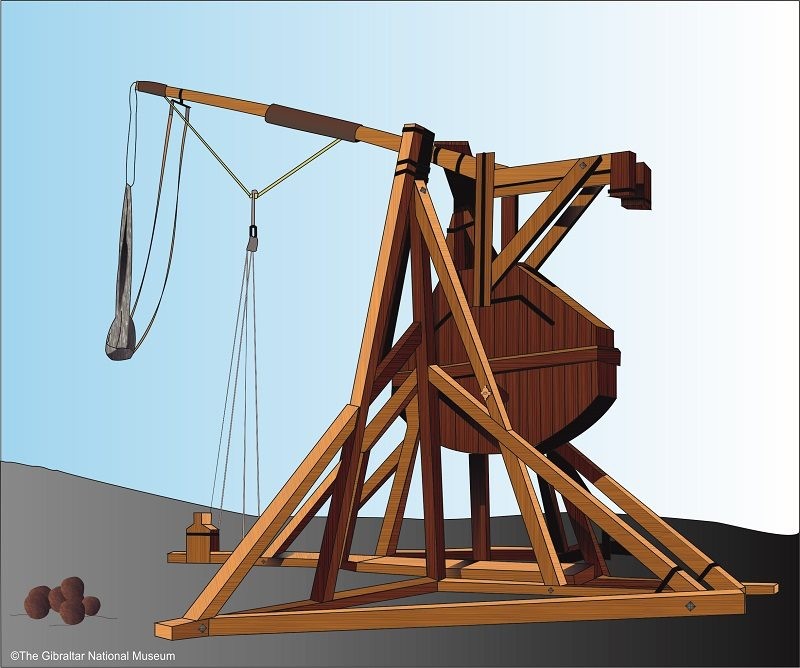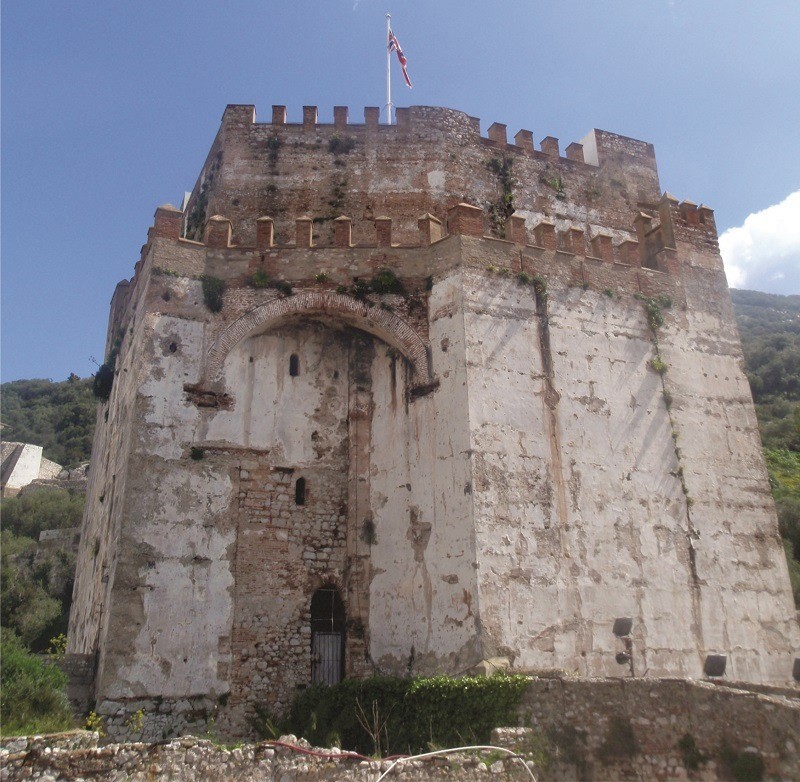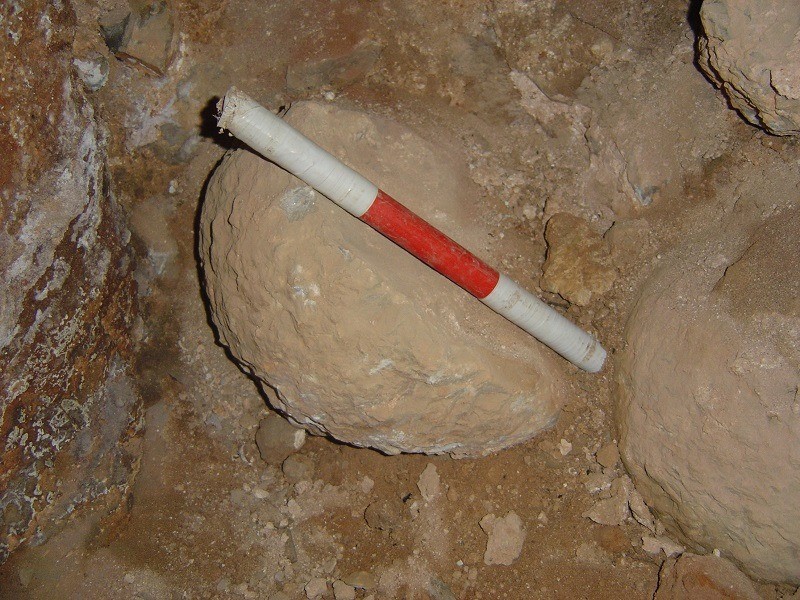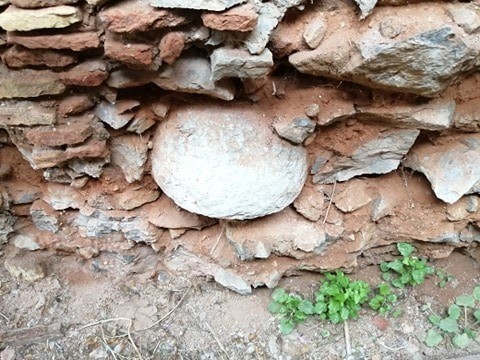Stone projectiles and siege engines in Gibraltar

A medieval counterweight trebuchet.

Tower of Homage or 'Calahorra' as built by Abu al-Hasan.
Stone projectiles and siege engines in Gibraltar
The history of Gibraltar, until fairly recently, could be retold through the number of sieges it had endured. The Rock has been a stronghold in the area of the Strait and a source of confrontation since it was first fortified.
The numerous projectiles found in Gibraltar, not only from guns but also from siege engines such as the catapults known as counterweight trebuchets, are a reflection of this story. These stone projectiles or round shot, were large rocks worked to give them a spherical shape. They were also hurled from the first large-calibre firearms such as those used for the first time in Europe in the 14th century at the Siege of Algeciras (1342-44).
Counterweight trebuchets were very powerful weapons, with a range of around 275m. Their primary function was the destruction of enemy fortifications by launching large spherical stone projectiles using a large sling with a counterweight creating sufficient energy to hurl it through the air. In the heat of battle, the trebuchets were not only used to launch stone projectiles, but also dead animals, beehives, clay balls that exploded with shrapnel, and even the severed heads of enemies!
The chronicles of Ferdinand IV relate how in 1309, with Gibraltar in the hands of the Kingdom of Granada, the city was besieged and practically destroyed by the trebuchets of the Kingdom of Castile which had been placed on the Rock’s hillside above the city and its tower (smaller than today’s Tower of Homage), which in those days crowned Gibraltar’s defences. This event is known as the First Siege of Gibraltar. The city only remained in Castilian hands until 1333 when it was taken by the Marinids under the command of Abu al-Hasan.
Various archaeological interventions have allowed us to record the appearance of various stone projectiles, or fragments of these. Of particular interest are those used in the infill of the Tower of Homage (or ‘Calahorra’) and in some of the walls of the qasbah. Following the destruction of the original tower by Ferdinand IV’s troops, he ordered the construction of a new one which would ultimately end up embedded within the much larger tower that Abu al-Hassan built and we can see today (Tower of Homage). Within the Calahorra’s infills of stone and mortar we have recorded some stone projectiles that have been repurposed as construction material by the Marinid stonemasons. It is possible that the reason Abu al-Hasan built such a massive tower, was to protect this entire flank against siege engines which could be positioned high above the city, just like in 1309.

Stone projectiles used in the infill of the Tower of Homage.

Stone projectile used in the construction of the qasbah's walls.
Published: April 25, 2020
Other similar VM - Archaeology
18-20 Bomb House Lane
PO Box 939,
Gibraltar
